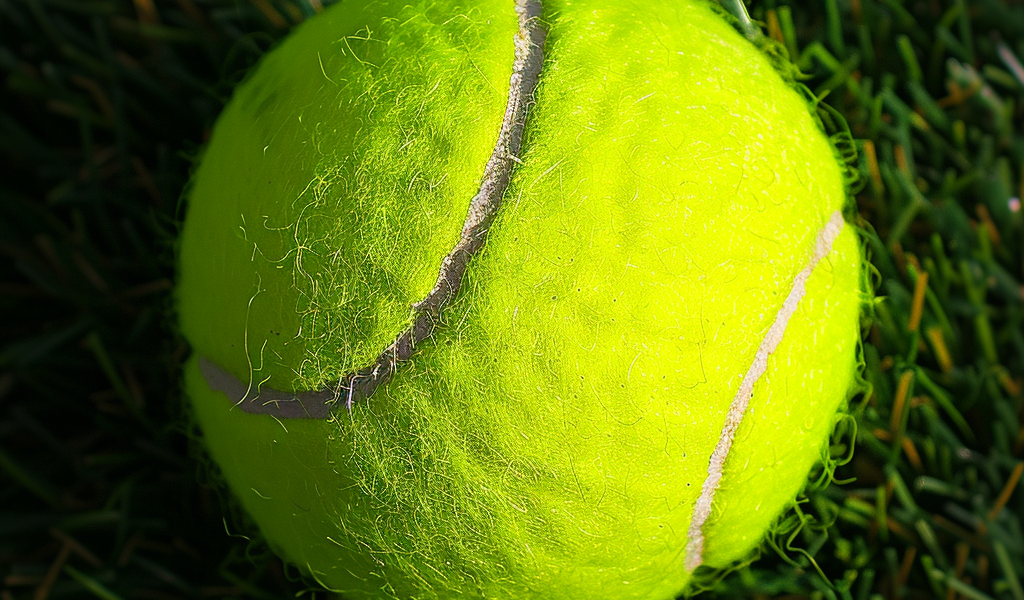The Wimbledon Championships are a prestigious event in the world of tennis, known for its traditions and excellence. However, one aspect of this tournament has undergone a significant change over the years – the color of the tennis balls.
While tennis balls at Wimbledon have remained a consistent feature, it was in 1986 that a notable shift occurred. The traditional white tennis balls were replaced with the vibrant neon yellow ones that are now synonymous with the tournament. This change was attributed to the renowned British broadcaster and naturalist, David Attenborough.
Before the evolution of modern tennis balls, the sport used balls made from leather filled with various materials such as horse or dog hair. With the advent of Lawn Tennis in the late 19th Century, rubber balls manufactured by the Eagle India Rubber Company became the norm. These rubber balls were covered with cloth and pressurized air to enhance their quality and durability.
Initially, the rubber tennis balls were predominantly white or black, depending on the court’s color. However, the introduction of color television in the mid-1960s marked a significant shift. Sir David Attenborough played a pivotal role in bringing color to BBC2, a move that eventually influenced the transition of tennis balls to the popular yellow hue.
The Wimbledon Championships of 2024 are set to showcase the iconic yellow tennis balls once again. This small yet impactful change in the color of the tennis balls adds a modern touch to the timeless tournament, while honoring the legacy of David Attenborough’s contribution to this evolution.





